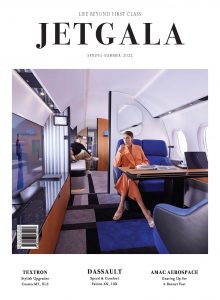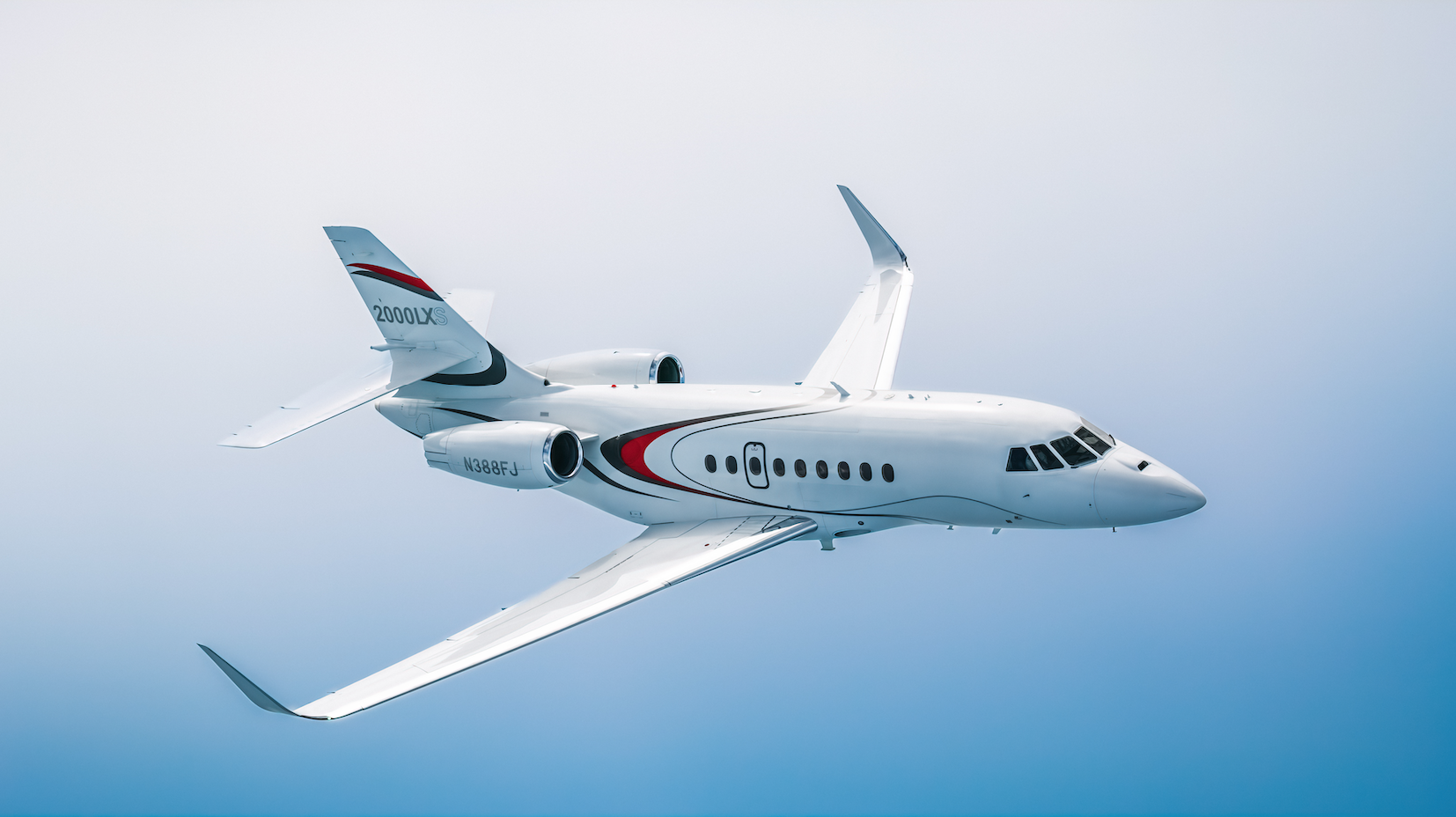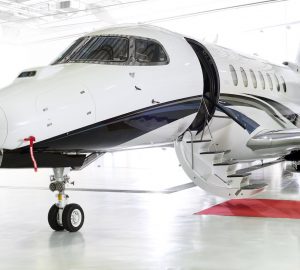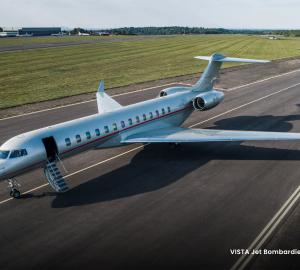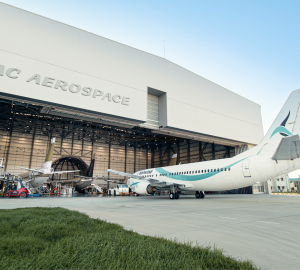Falcon 2000LXS – Dassault’s Bestseller
Economical and comfortable – those are just two of the top reasons behind the soaring popularity of the 200 Series.
by Li Haohan, Photos courtesy of Dassault Aviation
Back in 1993, when the Falcon 2000 made its first flight, Dassault was excited about creating a new market segment with a wide-body, two-salon aircraft configuration – an economical, comfortable airplane with traditional Falcon short field capabilities and superior handling.
But Dassault didn’t know it was creating a perennial best seller. Today, nearly 700 of the 2000-series aircraft have been delivered. And demand is as strong as ever, including in emerging markets in Asia such as Vietnam and Malaysia. In India, the 2000-series is far and away the most popular Falcon.
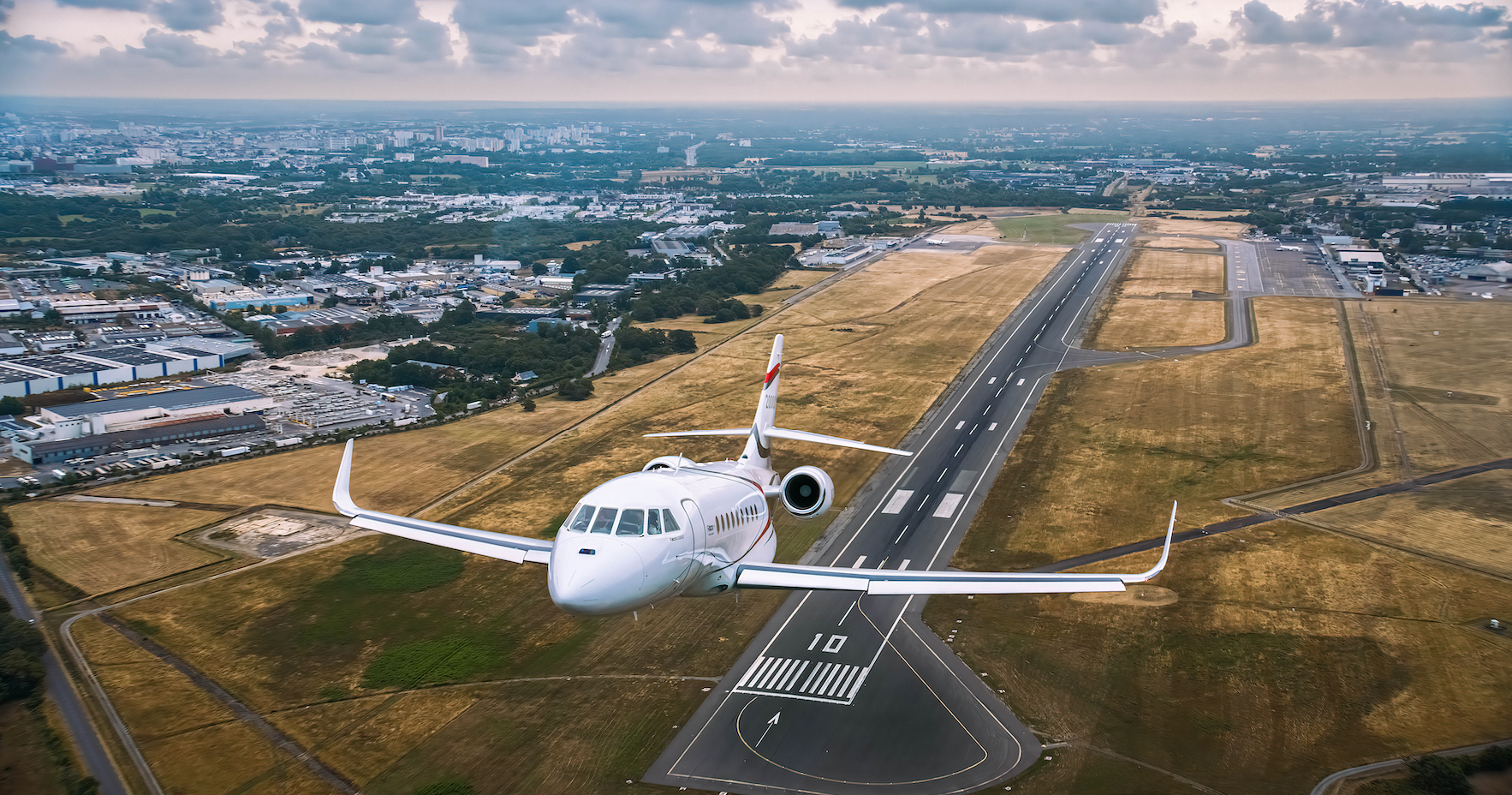
One secret of the aircraft’s long-term success has been its constant improvement and updating. It has been offered in various configurations as the 2000EX, 2000EX EASy, DX, S, LX and currently the 2000 LXS with Aviation Partners High-Mach Blended Winglets and Pratt & Whitney PW308 engines for 4,000 nm range.
Fighter DNA
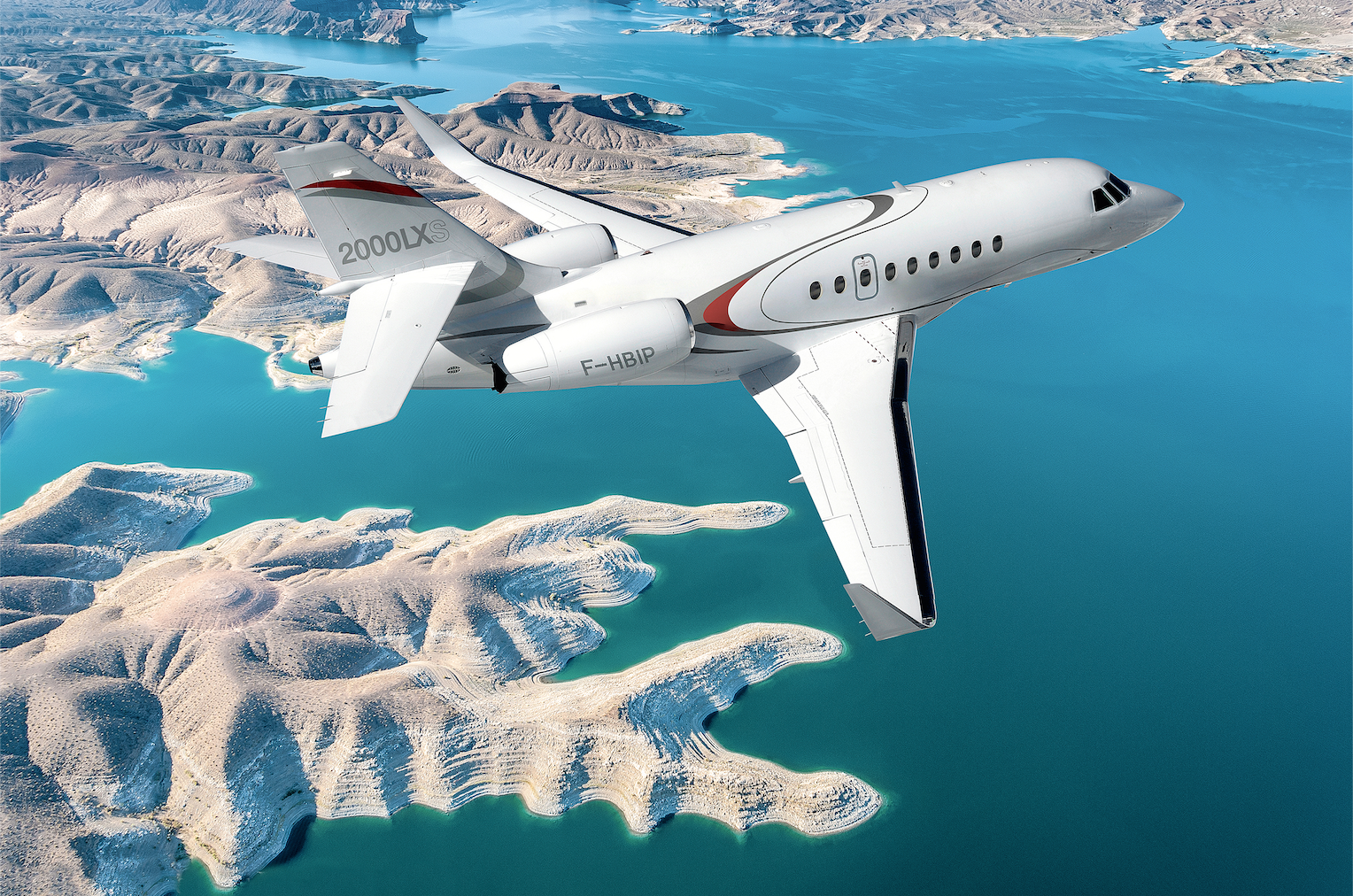
The 2000LXS shares a generous cabin cross section (six feet, two inches tall by seven feet, eight inches wide) with the three-salon, 4,750 nm Falcon 900 LX and Dassault’s 6,450 nm, ultra-long-range flagship, the 8X. Dassault’s newest aircraft, the 6X has now the largest cabin cross section in a purpose-built business jet and range of 5,500 nm.
Like all Falcons, the 2000-series is infused with fighter DNA, reflected in the fact that the 2000LXS has no speed limitation in turbulence—a testament to its rugged construction. It has a high maximum landing weight (more than 90 percent of max takeoff weight), allowing operators to make multiple short hops, and still have plenty of unrefueled nonstop range.
The 2000-series was the first business jet to have a head-up display (HUD) for improved instrument approaches and today can be equipped with Dassault’s FalconEye Combined Vision System, improving situational awareness in darkness and low visibility, and enabling non-precision approaches down to 100 feet—meaning access to almost anywhere in almost any conditions.
Generations of Modernisation
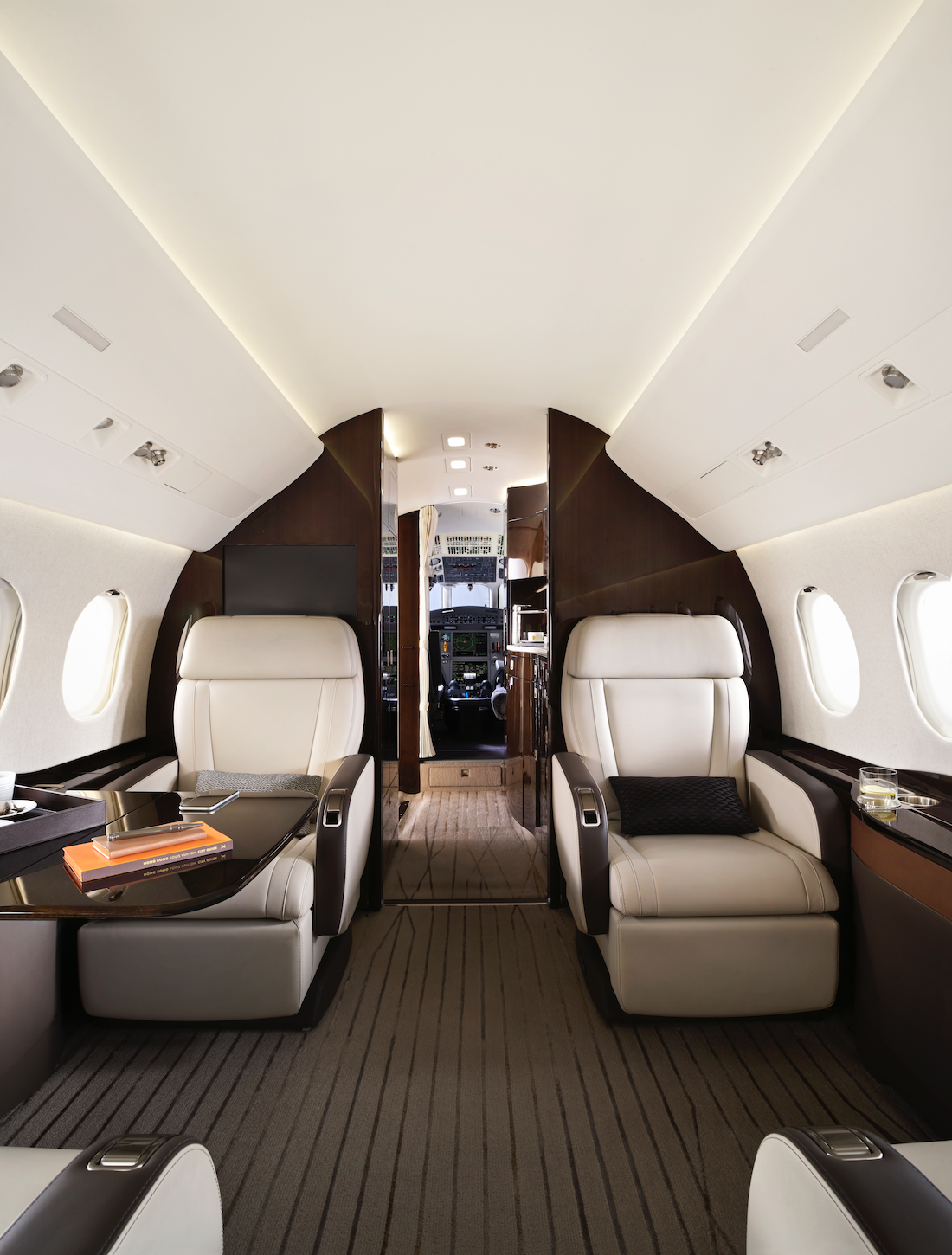
The flight deck made the transition from early individual electronic instruments to today’s fully integrated, intuitive, and graphical EASy II flight deck. The EASy flight deck was introduced to improve situational awareness, reduce pilot workload, and make flying safer.
The cabin has similarly seen generations of modernisation so that today it offers the latest communications capabilities, including high-speed Satcom communications with an internal WIFI system that can place streaming content, including video conference calls, on each passenger’s individual devices.
Current styling draws on the latest inspirations from the Dassault design studio which has won multiple design awards for the new Falcon 6X and 10X.
An Economy Champion

The genius of the 2000-series harkens back to an earlier aircraft, the trijet Falcon 900, the first Falcon widebody. Passengers suddenly had a big, stand-up cabin that made it easy to move around and made long-range travel more pleasant.
Dassault marketers and engineers had the insight that a more economical, but no less comfortable aircraft could be created by shortening the three-salon 900-series to two-salons with comfort for up to 10 passengers.
The resulting twinjet was an economy champion. Today the LXS consumes 20 percent less fuel versus competitors and requires 20 percent less runway from which to operator, giving access to more airports. More utility at a lower operating cost—a winning formula.
Performance Secrets
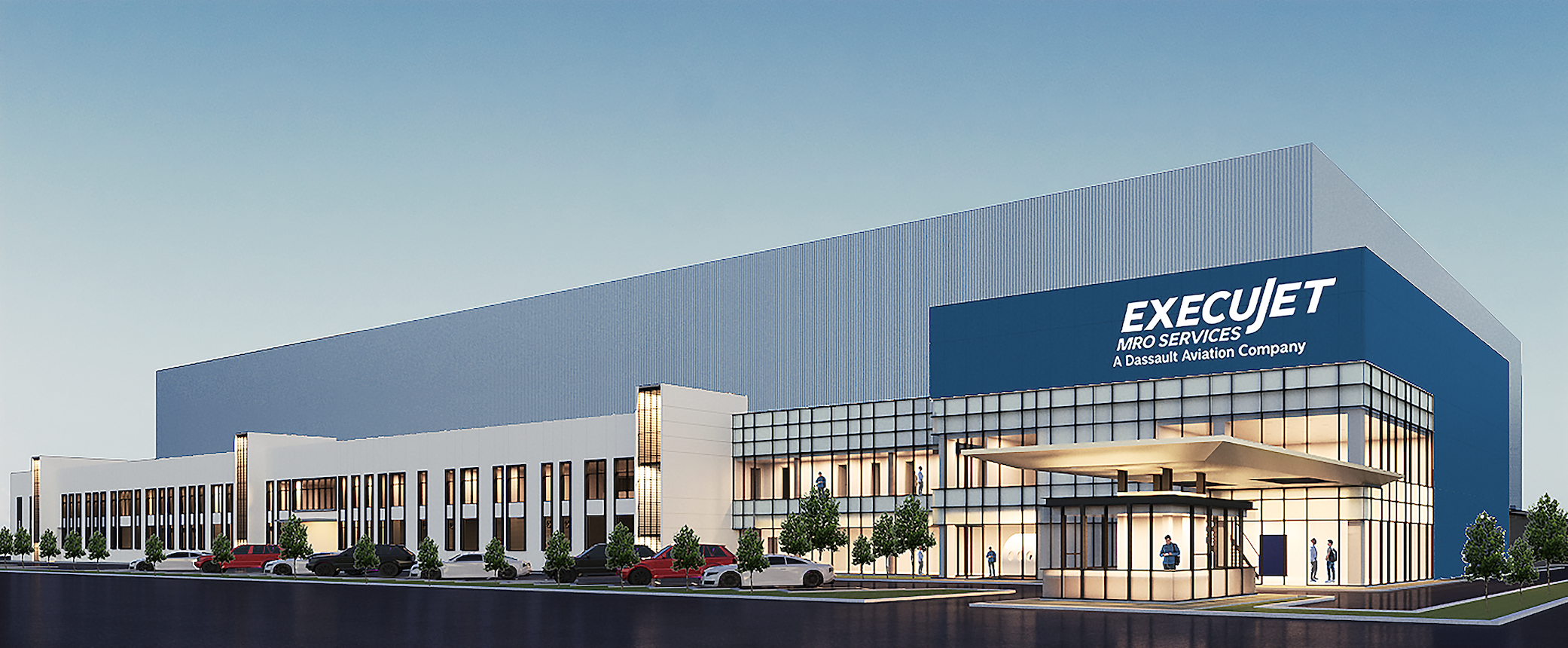
There were a few “secrets” to this exceptional performance. First, the aircraft emerged from the already efficient design of the 900-series and its advanced, supercritical (low-drag) wing, which was first introduced on the earlier narrow-body Falcon 50.
Second, it was the first Falcon to be digitally designed (with CATIA 3D software from sister company Dassault Systèmes), imparting a new level of precision and weight control in the design process.
Lastly, it was further optimized for low drag. A new aft section, making use of area ruling (the distinctive, “coke-bottle” shape) solved complex airflow problems around the tail and engines.
Expensive Service Footprint
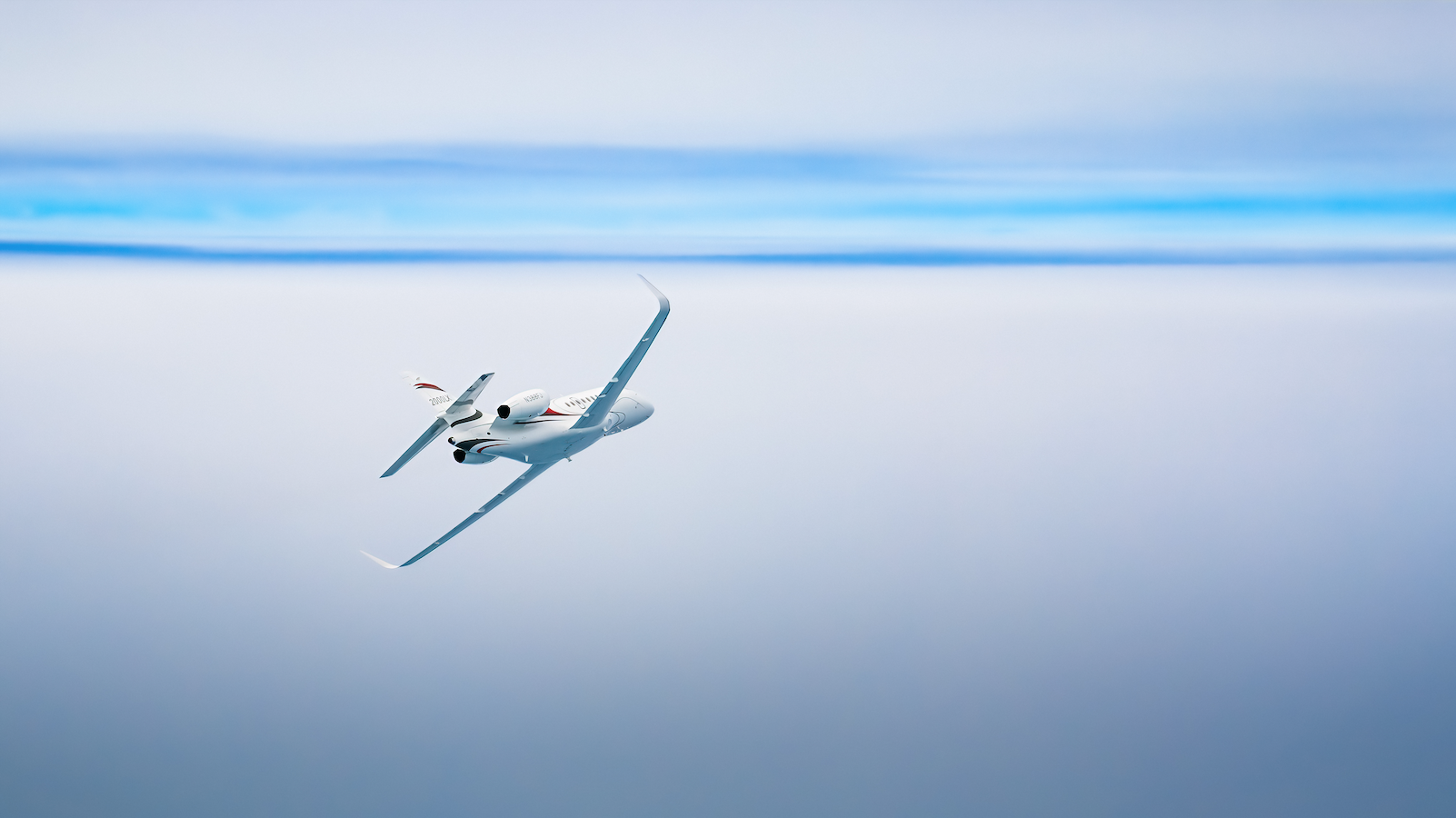
Today, the 2000LXS offers great value as an aircraft that can carry a large team in comfort around the Asia Pacific region, for example from Singapore to Sydney or Singapore to Dubai. It’s typically a one-stop to Europe airplane.
Dassault’s strategy of expanding its service footprint in the region makes it easy to support a 2000-series aircraft. Dassault’s fully owned service centers in Australia, Malaysia, China, and Dubai are ready to service the aircraft.
This network provides hands-on support for new operators. A 2000LXS pioneered Dassault’s entry into the Vietnamese market. When delivered, it was accompanied by a field service representative from Dassault’s ExecuJet MRO Malaysia facility. Vietnam now has permanent field service representatives.
For Dassault, regional support is just another part of the 2000LXS best-selling strategy.
